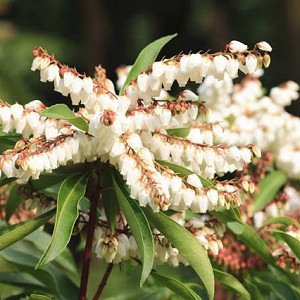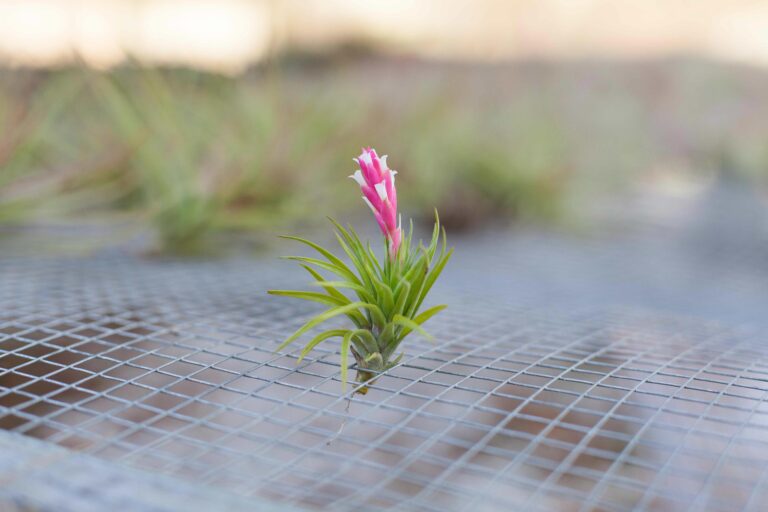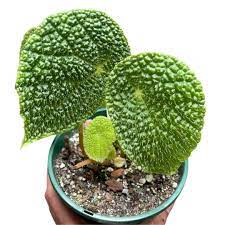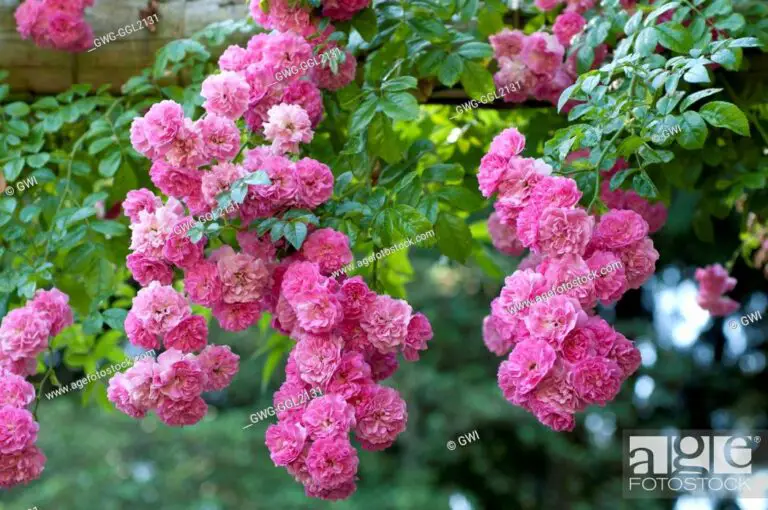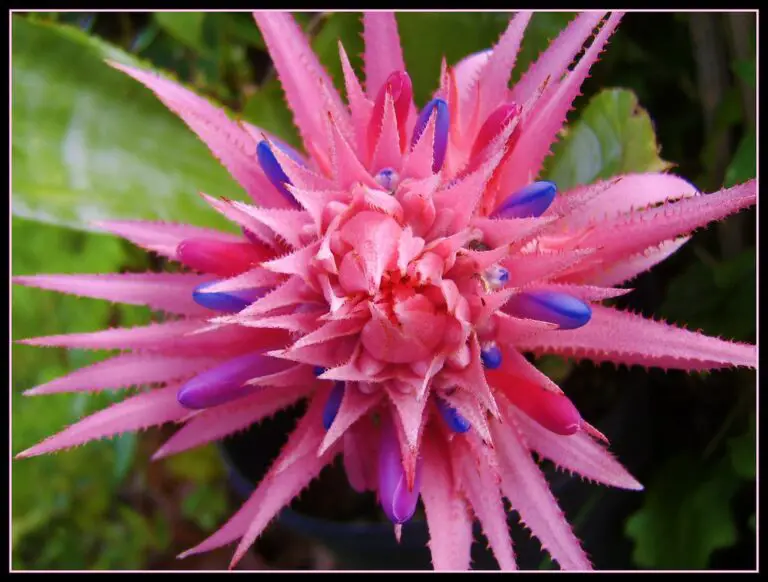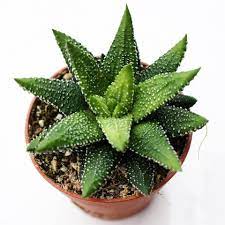Introduction
The Parrot Flower, scientifically known as Impatiens psittacina, is a unique and stunning plant that captures the imagination of garden enthusiasts around the world. With its vibrant and colorful blooms resembling a parrot in flight, it’s no wonder this plant has gained popularity among gardeners. In this comprehensive guide, we will explore how to grow and care for the Parrot Flower, ensuring that your garden is adorned with these beautiful and exotic blossoms.

Understanding the Parrot Flower (Impatiens psittacina)
What is the Parrot Flower?
The Parrot Flower is a shade-loving perennial plant native to Southeast Asia, particularly found in Thailand and Myanmar. Its most distinctive feature is its striking and intricate flowers that closely resemble a parrot in flight, hence the name. These vibrant flowers come in various shades of purple, pink, and maroon, making them a captivating addition to any garden.
Growing Conditions
1. Location
To successfully cultivate Parrot Flowers, it’s essential to choose the right location in your garden. These plants thrive in shaded or semi-shaded areas, making them ideal for planting under trees or in areas with filtered sunlight.
2. Soil
Parrot Flowers prefer well-draining, humus-rich soil. It’s recommended to amend your garden soil with organic matter, such as compost, to improve its texture and fertility. Ensure the soil remains consistently moist but not waterlogged.
3. Temperature and Climate
These plants are sensitive to temperature extremes. They thrive in mild to warm climates, with temperatures between 60°F to 80°F (15°C to 27°C). If you live in a region with cold winters, consider growing Parrot Flowers in pots that you can bring indoors during the colder months.
Planting Parrot Flowers
1. Seedlings or Cuttings
You can propagate Parrot Flowers from either seeds or cuttings. If using seeds, sow them in a well-prepared seedbed, and cover lightly with soil. Keep the soil consistently moist until seedlings emerge. For cuttings, take 4-6 inch (10-15 cm) stem cuttings from a healthy Parrot Flower plant and plant them in pots filled with a well-draining potting mix.
2. Spacing
Space your Parrot Flower plants about 12-18 inches (30-45 cm) apart to allow for proper air circulation and growth.
Caring for Parrot Flowers
1. Watering
Consistent moisture is crucial for Parrot Flowers. Water them regularly, keeping the soil evenly moist. Avoid overwatering, as waterlogged soil can lead to root rot.
2. Fertilization
Apply a balanced, slow-release fertilizer in the spring and early summer to promote healthy growth and abundant flowering. Follow the recommended dosage on the fertilizer packaging.
3. Pruning
Regularly pinch back the tips of Parrot Flower plants to encourage bushier growth and more prolific flowering. Remove any dead or yellowing leaves to maintain a tidy appearance.
Pests and Diseases
Parrot Flowers are relatively resistant to pests and diseases. However, you should keep an eye out for common garden pests like aphids and snails. Use organic pest control methods if needed, as chemical pesticides can harm beneficial insects.
Conclusion
Growing and caring for the Parrot Flower can be a rewarding experience for any gardener. With the right conditions and attention to detail, you can enjoy the stunning beauty of these unique blooms in your own garden. Remember to provide the right environment, proper care, and attention, and soon you’ll have a flourishing display of Parrot Flowers that will leave everyone in awe of your gardening expertise.
Incorporate the tips and techniques mentioned in this guide, and you’ll be well on your way to creating a thriving Parrot Flower haven that not only impresses your visitors but also ranks high on search engines for its valuable and user-friendly content.
Table: Quick Reference Guide
| Aspect | Parrot Flower Care |
|---|---|
| Location | Shaded or semi-shaded areas |
| Soil | Well-draining, humus-rich |
| Temperature | 60°F to 80°F (15°C to 27°C) |
| Propagation | Seeds or stem cuttings |
| Spacing | 12-18 inches (30-45 cm) apart |
| Watering | Keep soil consistently moist |
| Fertilization | Balanced, slow-release fertilizer |
| Pruning | Regularly pinch back tips |
| Pests and Diseases | Watch for aphids and snails |

